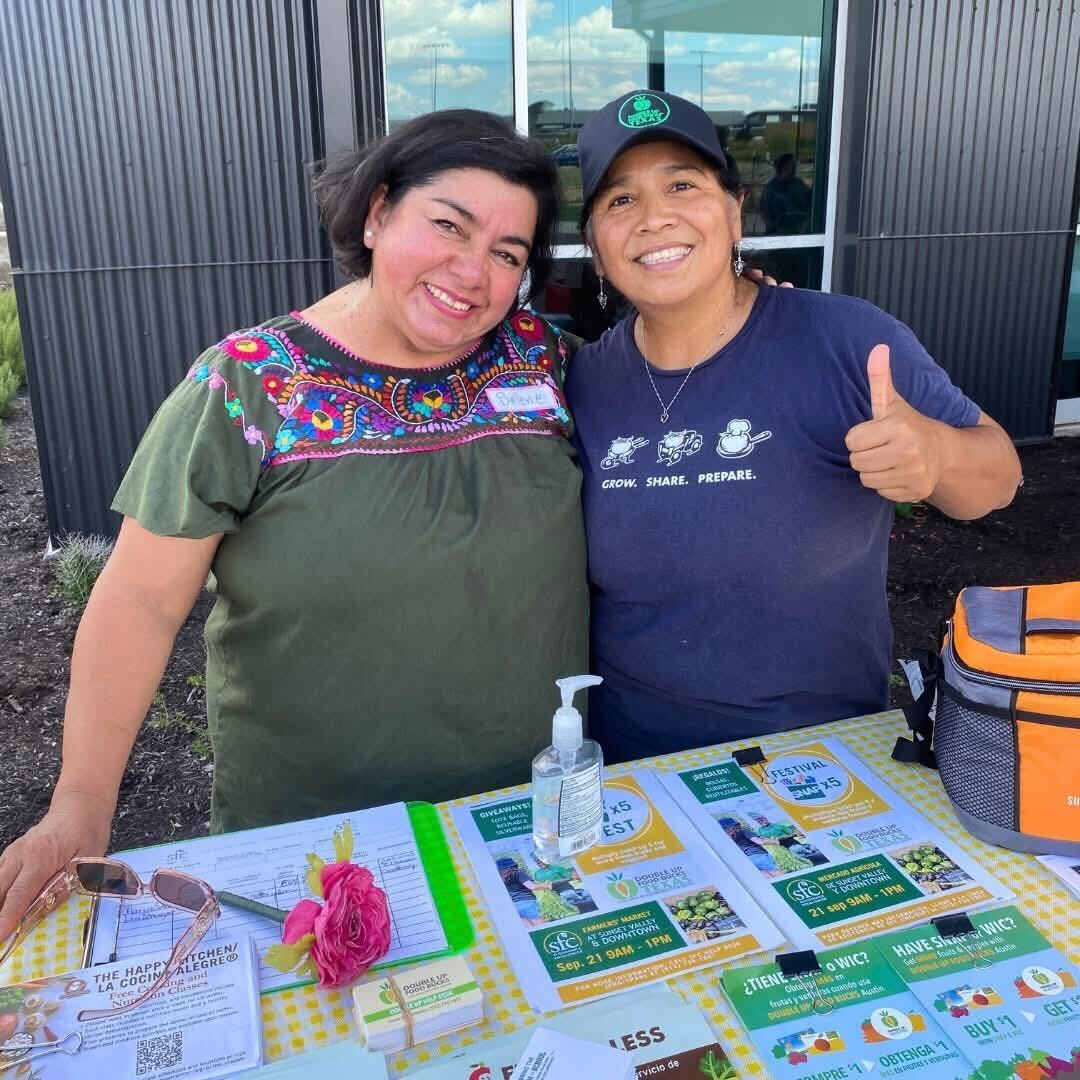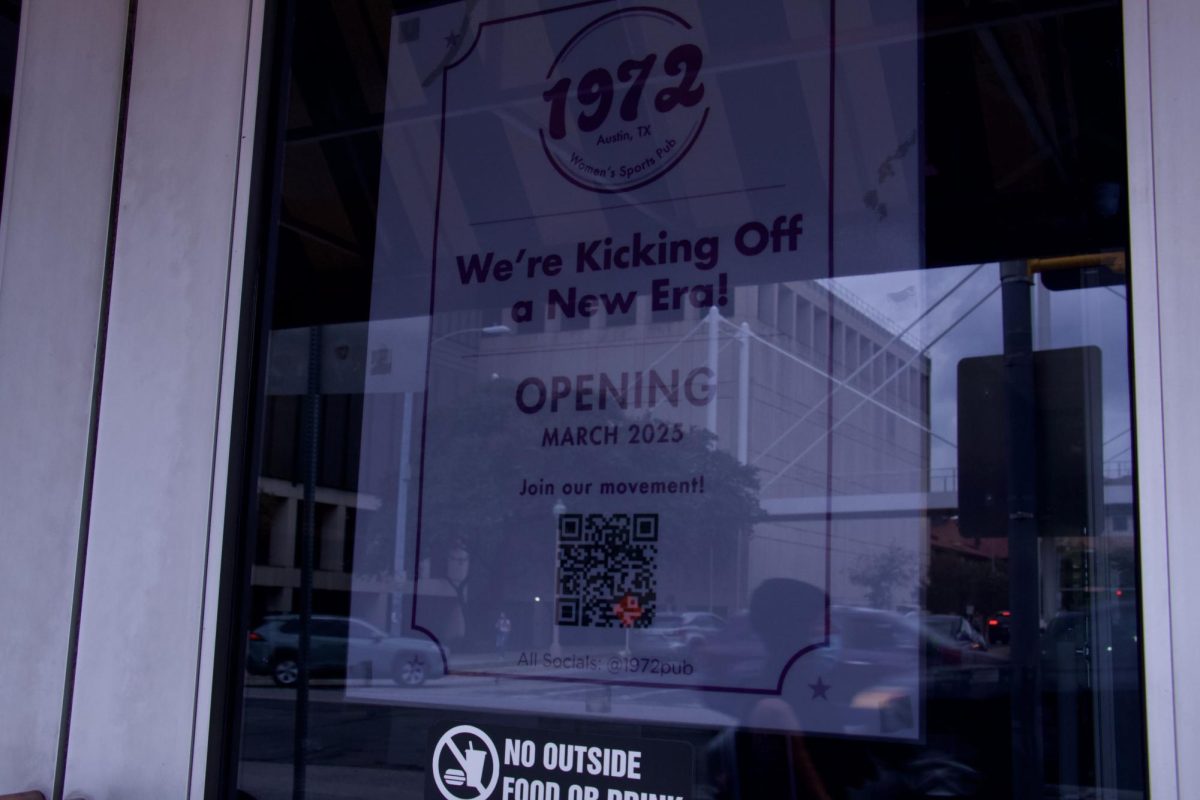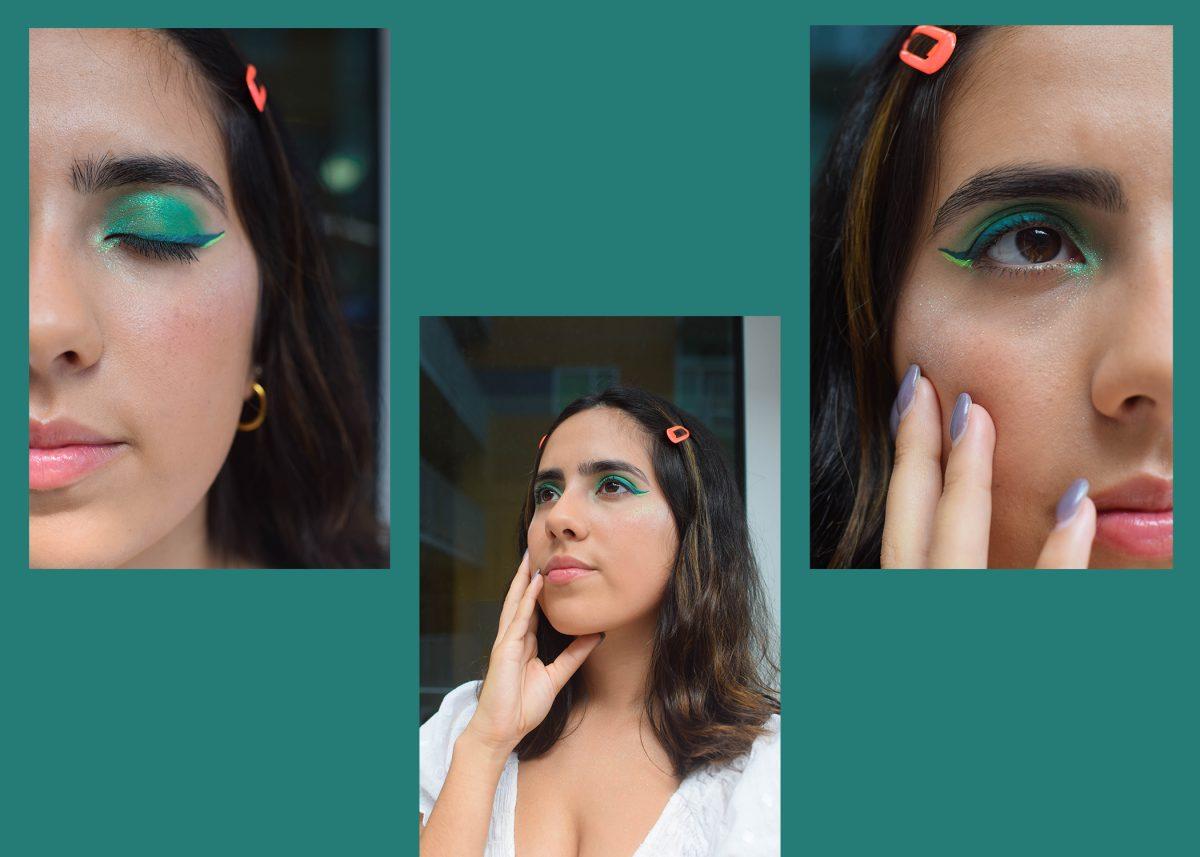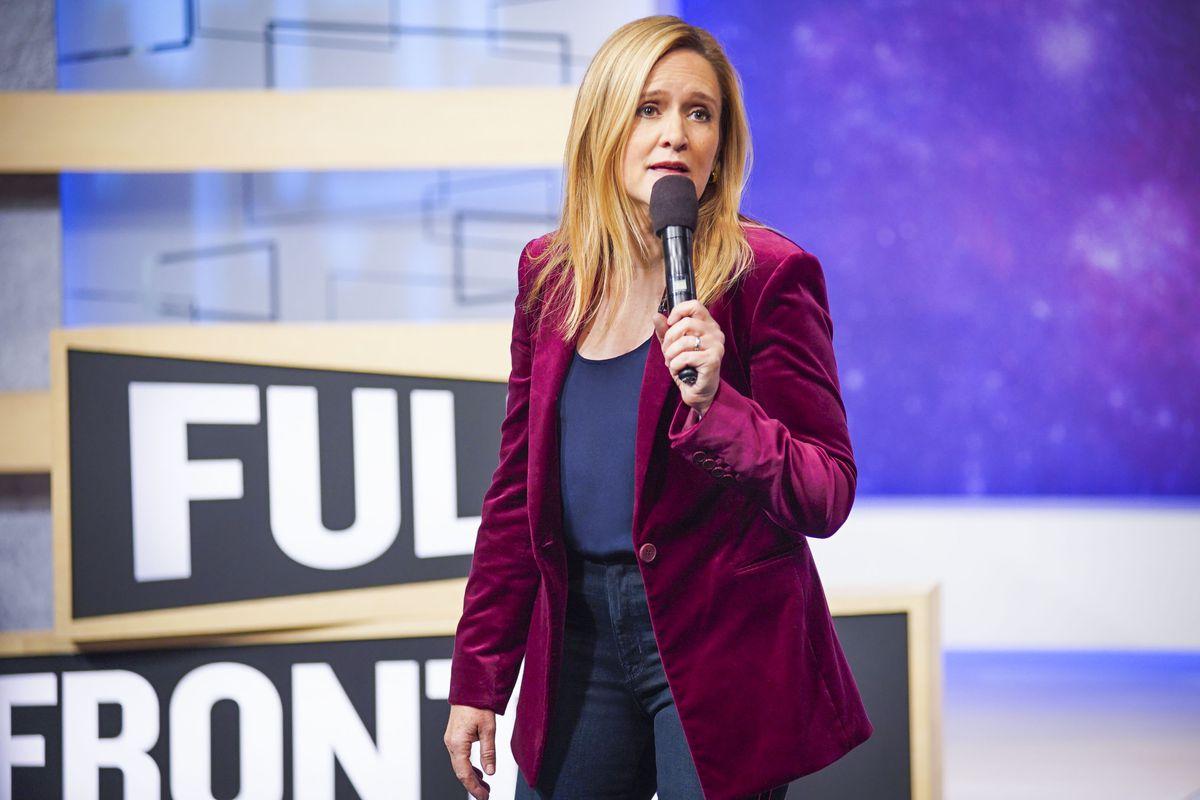Editor’s Note: This story appeared in the December 2015 ORANGE Issue IV.
What does an engineer look like?
For many years, people have answered this question with a variety of stereotypes. The common perception of engineers is that they are nerdy, isolated, white and male.
The #ILookLikeAnEngineer hashtag went viral in trying to give a different answer. What does an engineer look like? Contrary to popular opinion, they look like you.
Story by Mikaila Rushing
Illustrations by Jesus Acosta
Over the summer, hashtags such as #ILookLikeAnEngineer and #WomeninStem were created as a medium to showcase the role of women in important STEM fields. Women took to social media to shift public perception of engineering as a masculine field and have conversations about the issue of getting more young women to enter the industry. In October, a male engineering student at Eastern Washington University wrote a letter to his female counterparts, stating that he and they are “unequal.” Though the thesis seemed racy, the student expanded by acknowledging that he did not face the discrimination and dissuasion female engineers faced growing up, and continue to face, as women in a STEM field.
That conversation was originally brought to the University of Texas at Austin in the ‘90s, when the Women in Engineering Program, an organization staffed by full time university employees, started as a way to try and bring more female students to the Cockrell School of Engineering. The program works as an umbrella organization for many of the smaller organizations for women in engineering, such as the Society of Women Engineers, Women in Mechanical Engineers or Women in Electrical and Computer Engineering, as well as many others. It works to connect organizations and provide a safe community for women engineers.
Tricia Berry, the co-director of the Women in Engineering Program at UT Austin, says some people question the program’s fairness because it only provides opportunities to women. But she says men are welcome to join the groups though they aren’t the target demographic. “Where we still have underrepresented grounds, if we don’t have a focus on what’s going on there, or a support network in place…then we have the possibility that we can go backwards…Our aim is to put ourselves out of business,” Berry says. “If we could get to 50 percent women and we aren’t needed anymore, that would be fantastic. But we still have a lot of work to go.”
Over the years awareness has increased about the lack of women within STEM fields, specifically in engineering. More people have begun to try and fill in those gaps by encouraging women in these fields and discussing the things that can impede women from pursuing STEM professions.
Engineering faces a major gender inequality. According to the American Society for Engineering Education, of all the universities in the United States, approximately only 18 to 20 percent of graduating engineers are women. According to the Huffington Post, only 11 percent of women actually make up engineers in the work field. These numbers reflect the skewed nature of gender within the engineering field, which is often seen as a result of social perceptions and harmful stereotypes.
“I think there’s still gender stereotypes,” says Maddie Drake, president of the Women in Electrical and Computer Engineering. “I think they’re passed down from generation to generation. Moms teach the girls to cook, dads teach the boys about cars.”
#ILookLikeAnEngineer aimed to help shift social perception by bringing attention to women in engineering, showing people that engineers can come from anywhere and be any gender. Female engineers from companies like NASA and Google showcased themselves, shedding light on just how many women work as engineers in important fields.
“I think it’s aiming to break down those stereotypes,” Berry says, “I think it’s hard to break through when you don’t have other role models in [STEM fields] to say ‘Oh, I could go do this’ or you don’t have the understanding of what those opportunities are for everybody.”
Sayyeda Saadia Razvi, a mechanical engineering senior and president of the Women in Mechanical Engineering organization, points out that more than just simple stereotypes may be getting in the way of women pursuing STEM fields.
She says that many girls within the classroom may feel discouraged when facing math and science growing up. Saadia attended an all-girls school in Pakistan and moved to the U.S. later in her high school career. Something she has noticed since entering co-ed education and learning more about reaching out to women through her organization is many girls feel as if they are taking more risk when speaking up in math or science. Boys are encouraged to take that risk, answer the questions given to them, and if they fail, then they can try again later with no repercussions. But many girls feel dissuaded from doing the same. “It’s the social stigma associated with it,” Saadia says. “There’s a risk we’ll come off as the dumb person in the room who doesn’t know math or science.”
It doesn’t help that assumptions are often made about gender, even within the classroom. More masculine examples are used in technically based fields, and language can often isolate young girls.
Berry says women’s dreams in STEM fields can experience a “death by a thousand cuts,” where microaggressions and casual exclusions can begin shape women’s perception of themselves and their roles in the work field. “These little things over time can add up and start to make you doubt whether you should be here, whether you belong or not,” she says.
Saadia advocates that general math and science need to be taught differently in early schooling. Teachers need to learn to choose words and examples carefully, to make sure they are not causally excluding women from the conversation.
But even with these challenges, women can find rewarding opportunities.
Saadia describes an experience from last year, when she and other women in mechanical engineering came together to help design a toy for girls that could help establish an interest in constructive projects as well as more social areas. She explains that as they were brainstorming, many expressed frustrations with how limited they had felt in childhood and how many assumptions they felt were made on children’s behalf. “We felt empowered at that moment,” Saadia says. “As a group we felt like we were engineers and we could actually solve a problem. And we can have an impact. And I think that is what is the most powerful thing about being an engineer for me.”
Despite this, there is also an acknowledgment that STEM fields have a long way to go before the challenges facing women engineers are gone. While the enrollment of women in the Cockrell School of Engineering is just under 30 percent — twice what it was when the Women in Engineering Program started — it still is not an equal reflection of gender within consumerism, and still says little about the actual employment rate of women in the industry after graduating.
And this is most likely why #ILookLikeAnEngineer garnered so much positive attention. It acts as a vehicle for women to speak out against harmful stereotypes and social perceptions. It aims to more accurately portray the reality in STEM fields by showing both women who are already there as well as the women who are missing. Most importantly, it shows that anyone can be an engineer and brings role models for young girls into the spotlight. “We need to advertise, we need women in the media, we need to depict these images of women who are engineers who don’t look like that stereotype,” Saadia says. “We need more women showcased, in the spotlight, to encourage other girls or the next generation to see and have role models and these different kinds of engineers. And think, ‘If they can be one, I can be one too.’”
















































